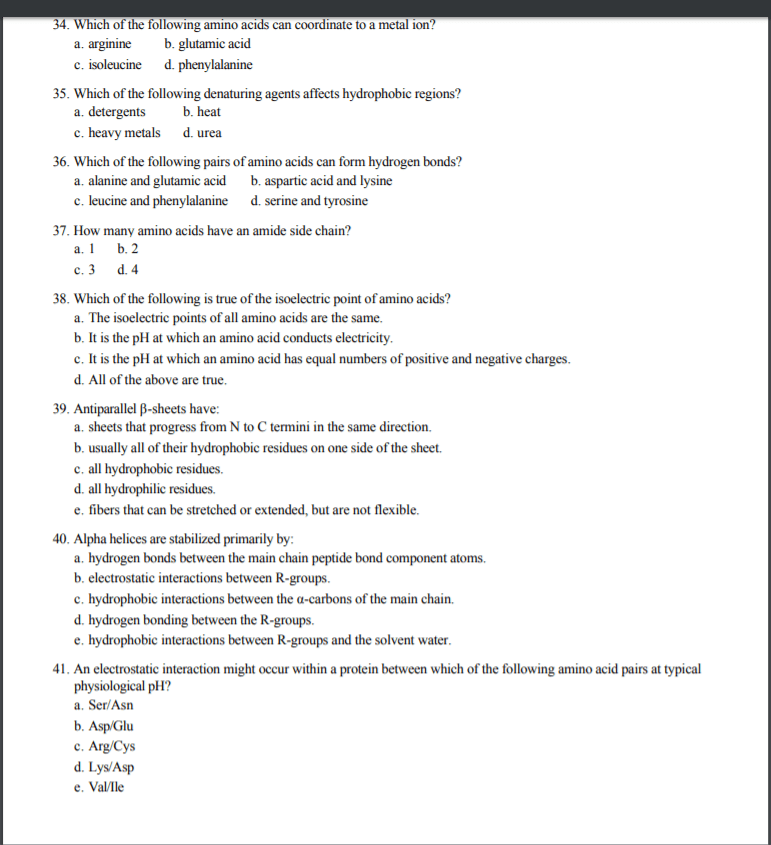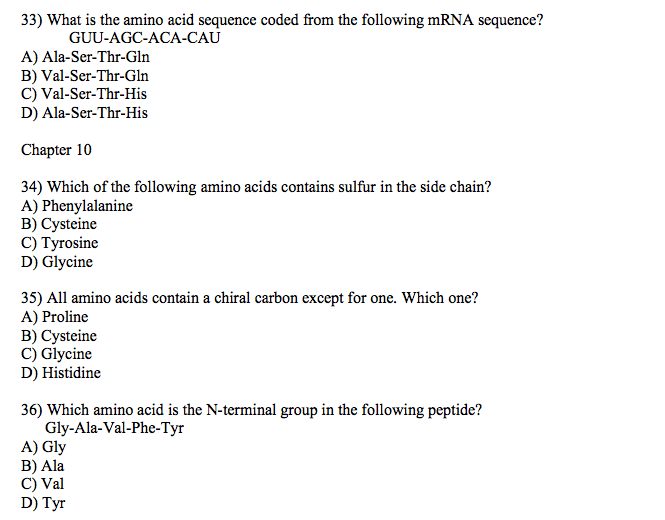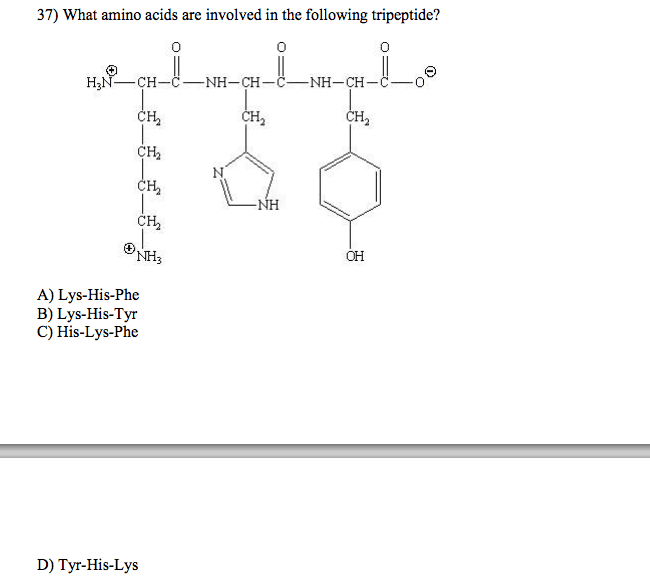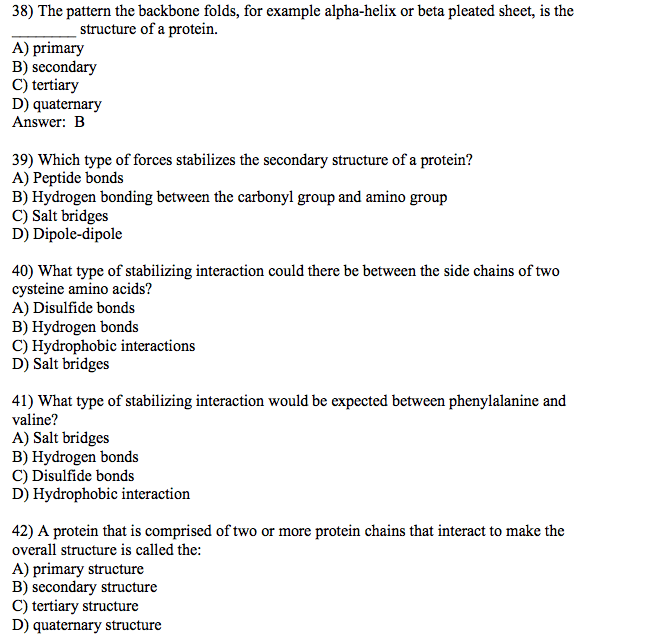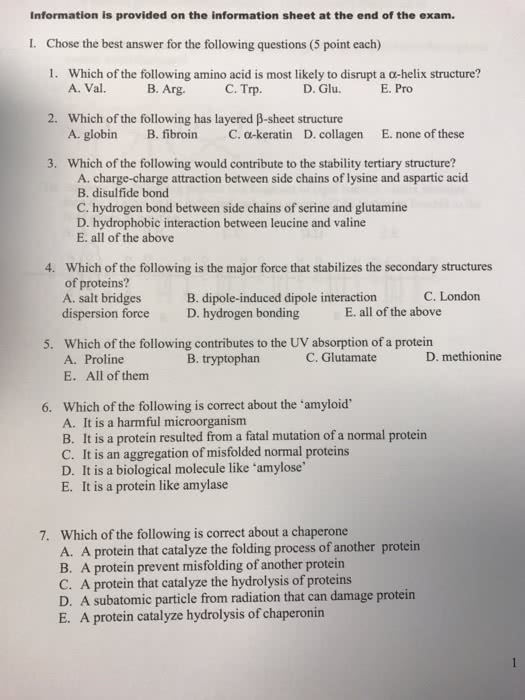MBB 222 Lecture Notes - Lecture 4: Relative Permittivity, Disulfide, Bond Energy
Document Summary
Dielectric constants indicate the reduction in attraction between two oppositely- charged ions in a given solvent relative to their attraction in a vacuum, which has a dielectric constant of 1. Thus, the attraction between two ions of opposite charge in a vacuum is 78. 5x greater than their attraction in water. Weak chemical interactions: 2. electrostatic interactions transient electrostatic interactions between opposite charges also called ionic bonds or salt bridges (not to be confused with disulfide bridges, which are covalent bonds) Bond energy of electrostatic interaction, ~20 kj/mol (similar to an h-bond) specific interaction amino acid sequence drives protein folding. The attraction between two charged species depends on the nature (i. e. , charge) of interacting species, q1 and q2, and the distance, r, between them. E is the energy of an interaction. Q1 and q2 are the magnitudes of the charge on each species r is the charge separation in a .


